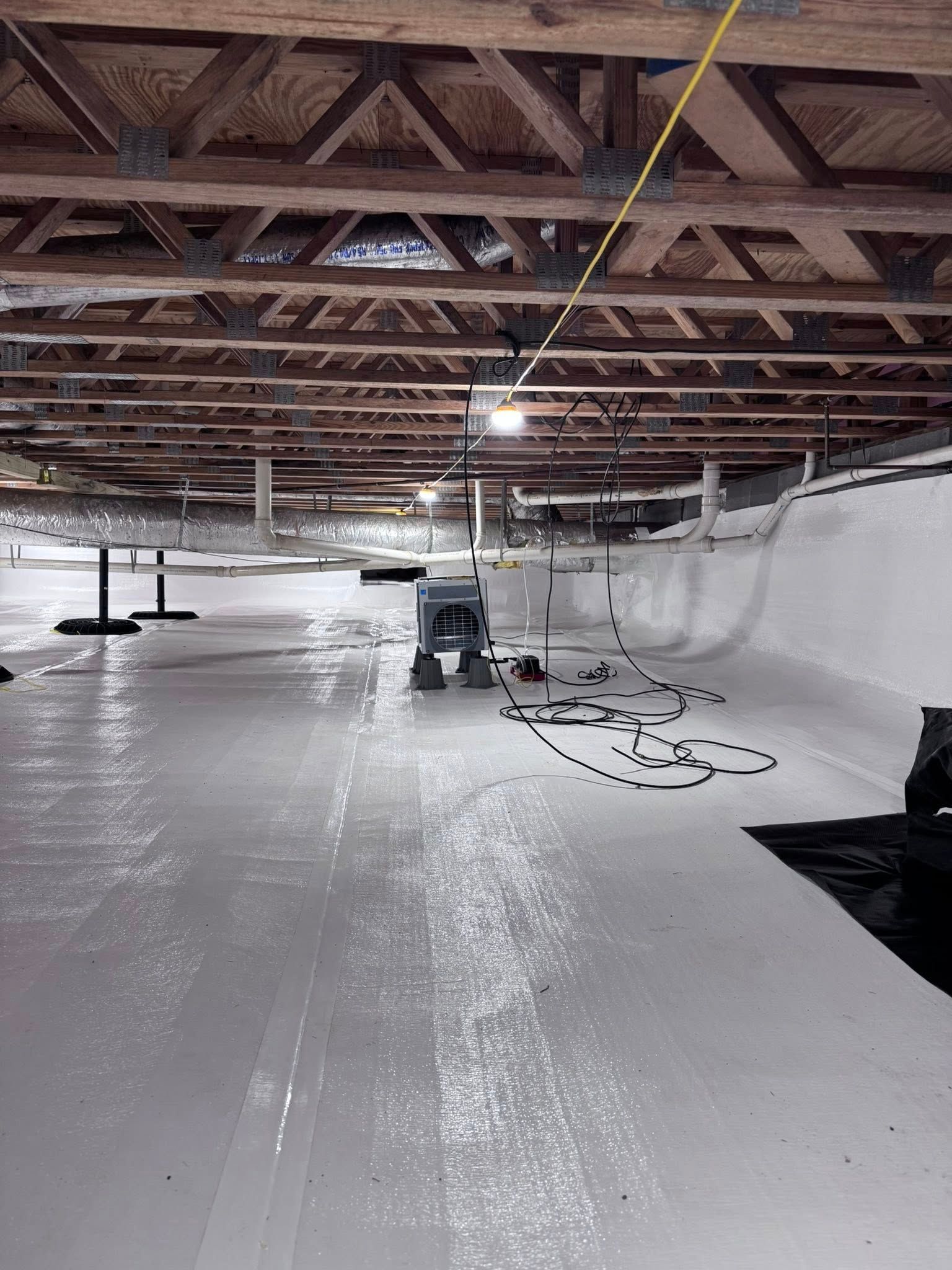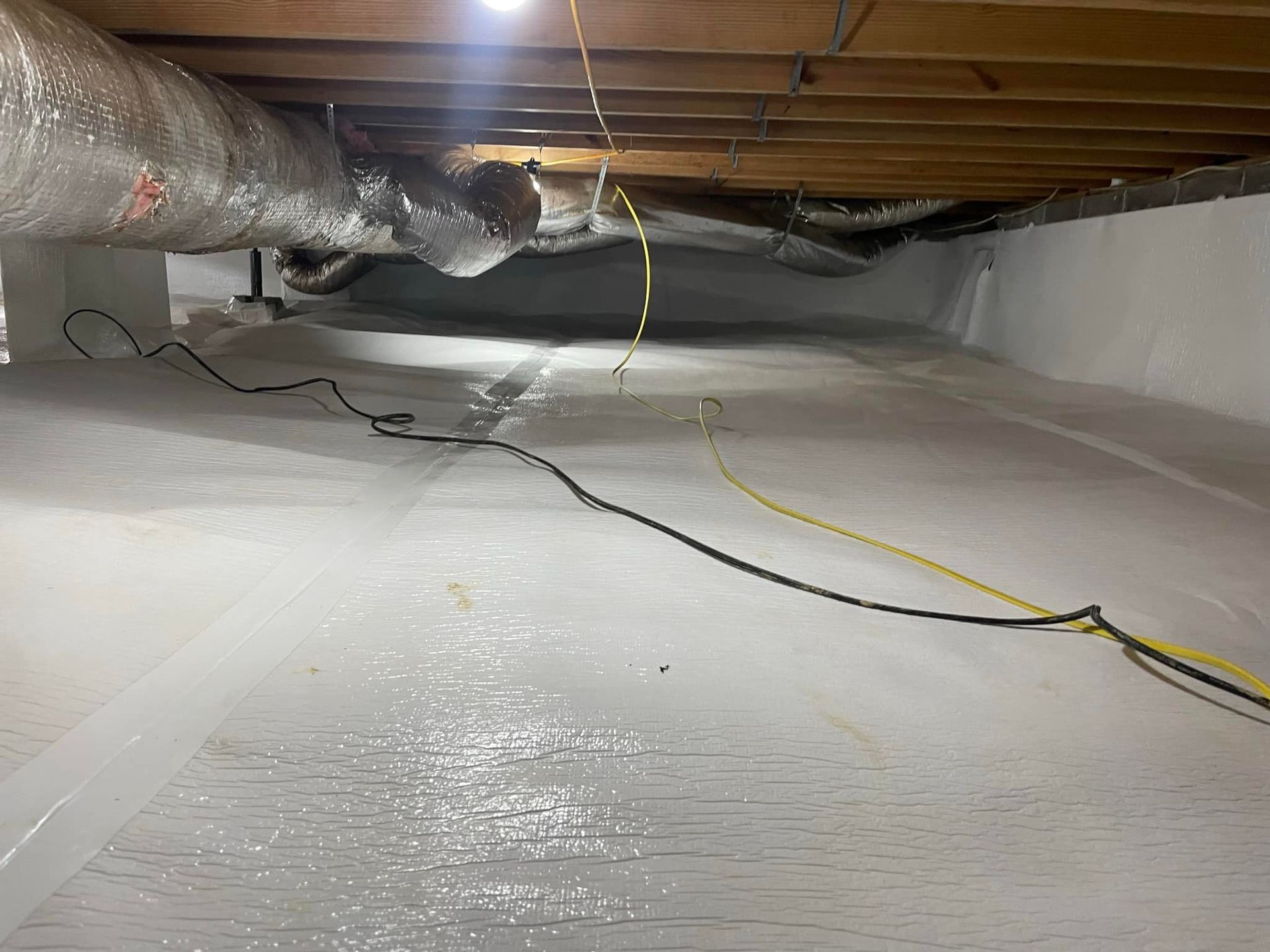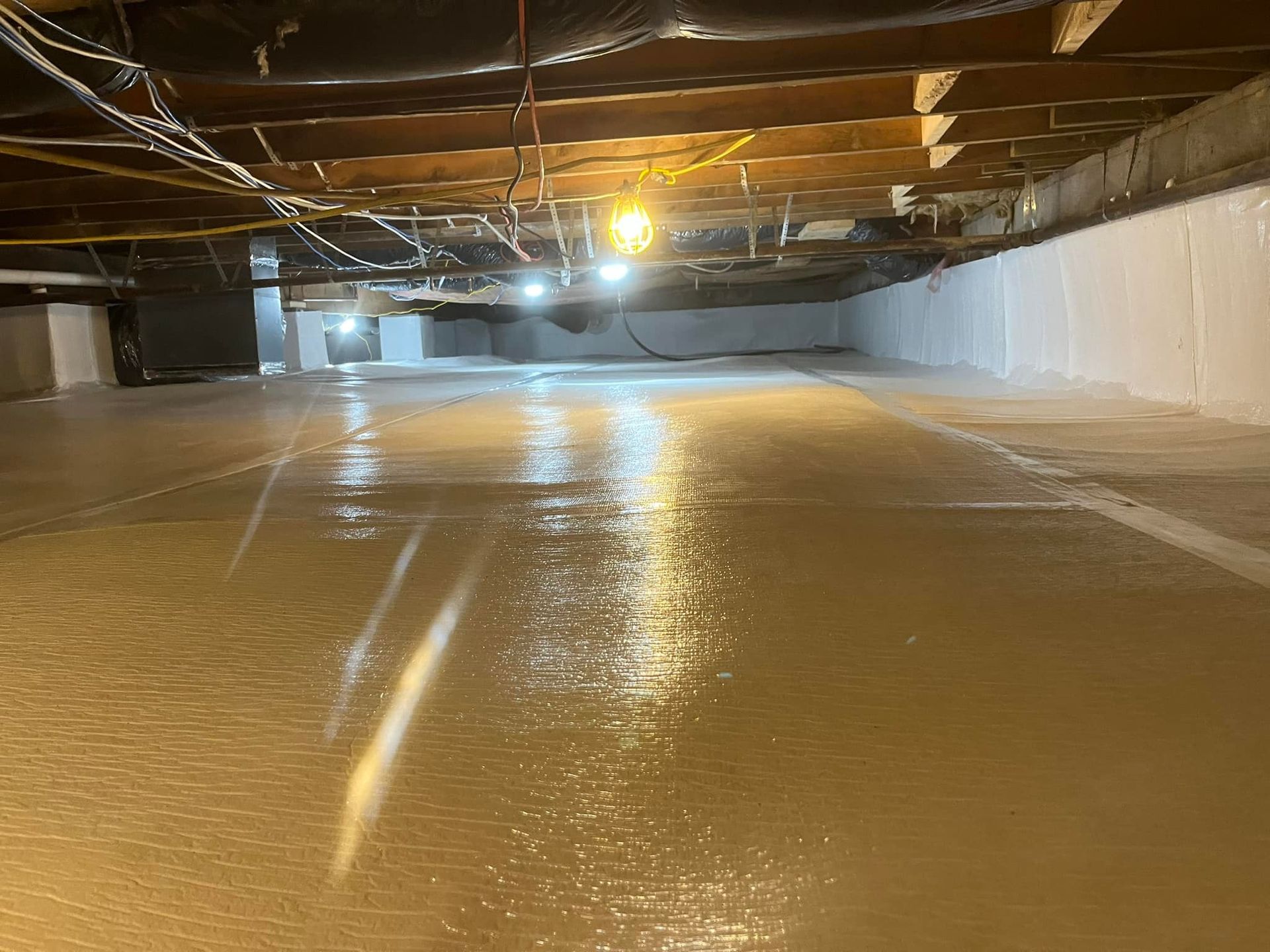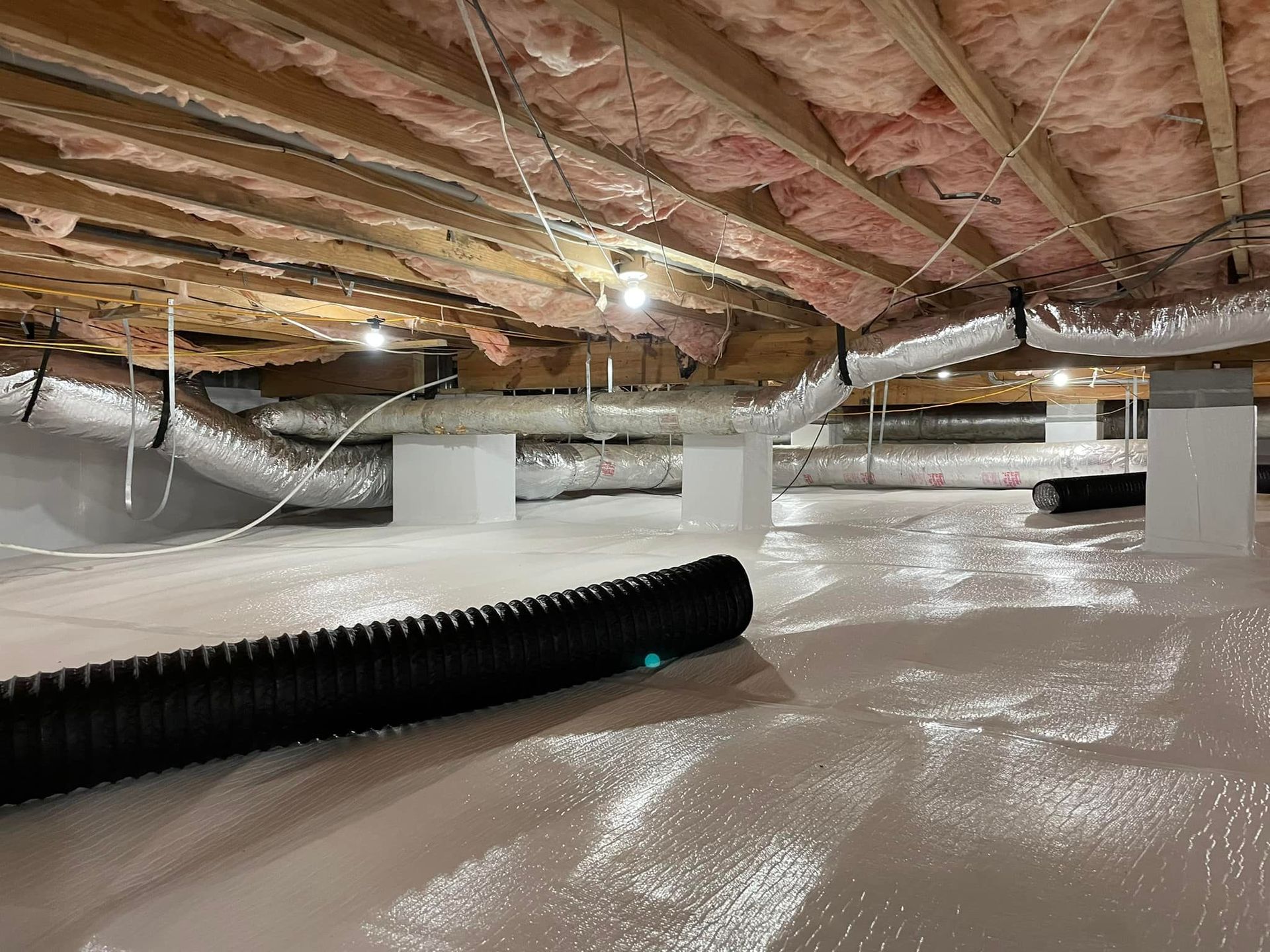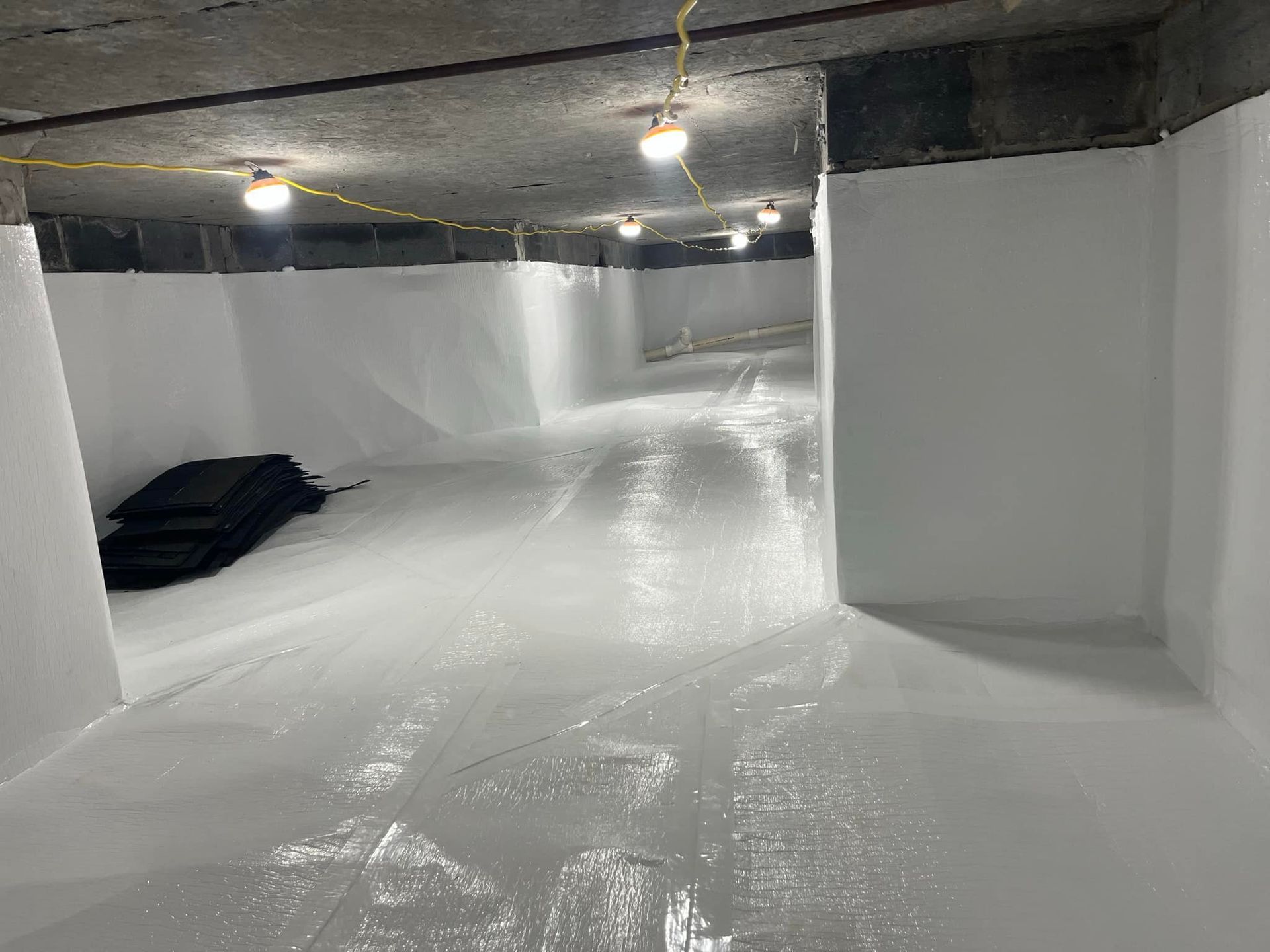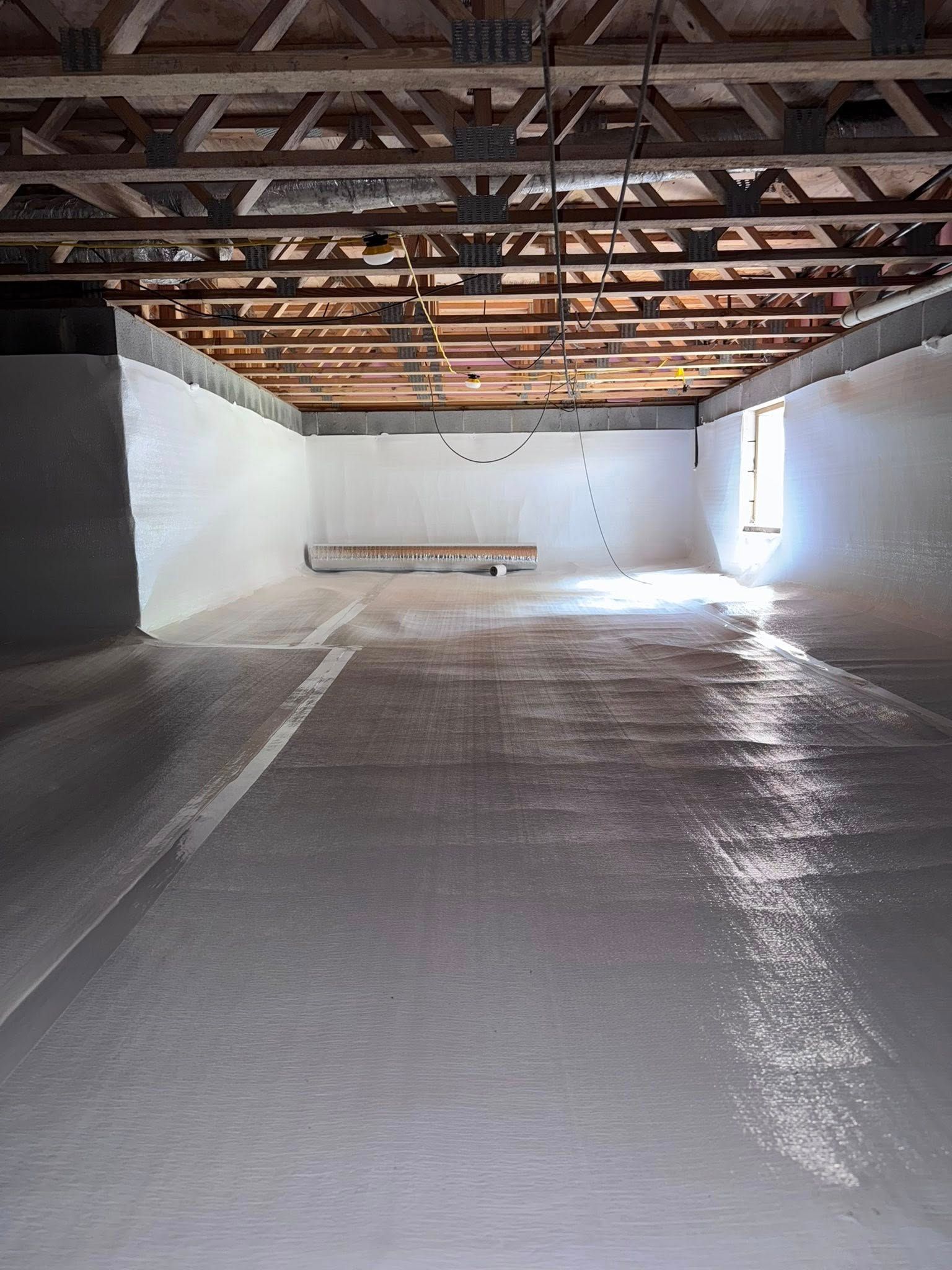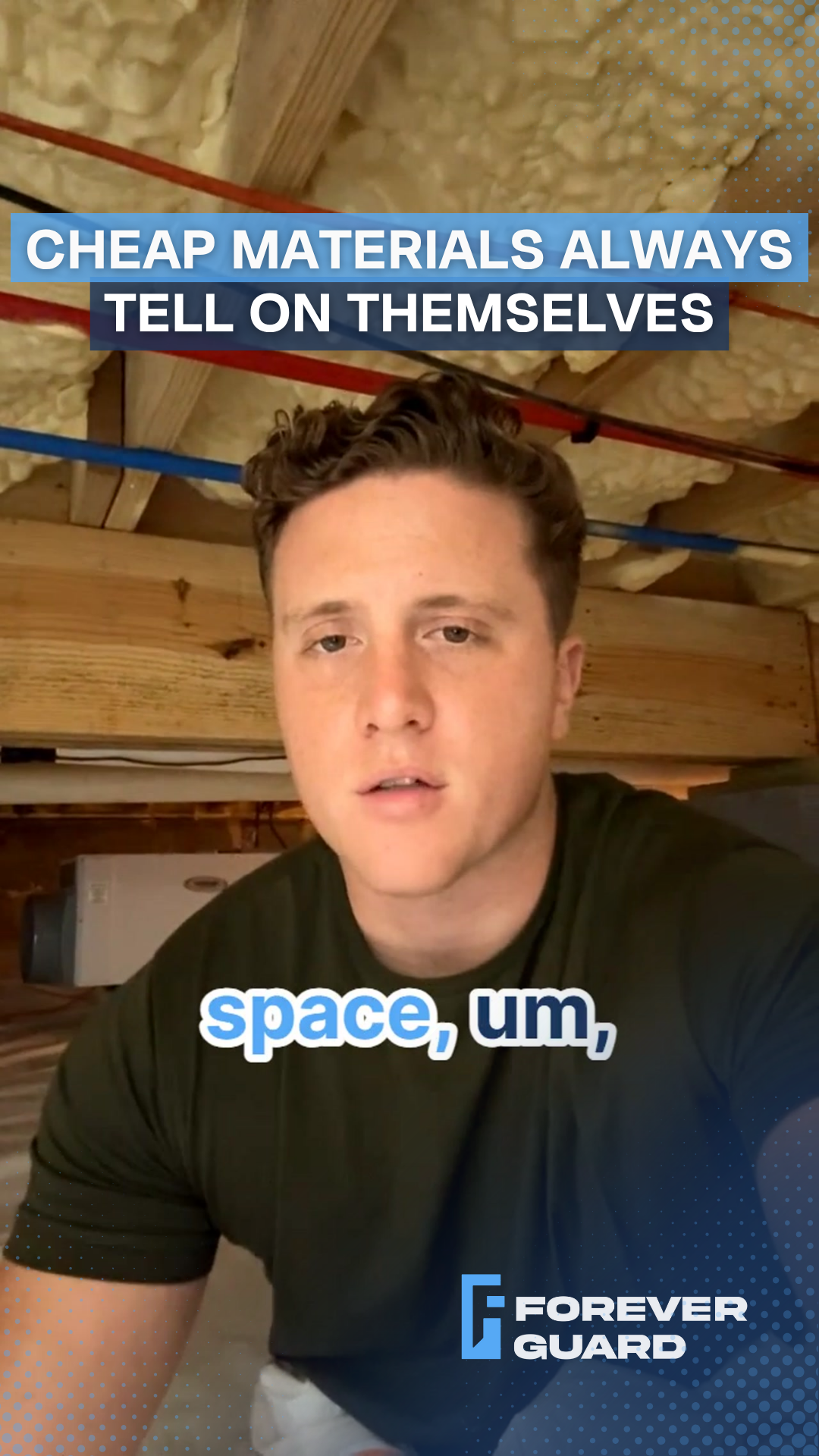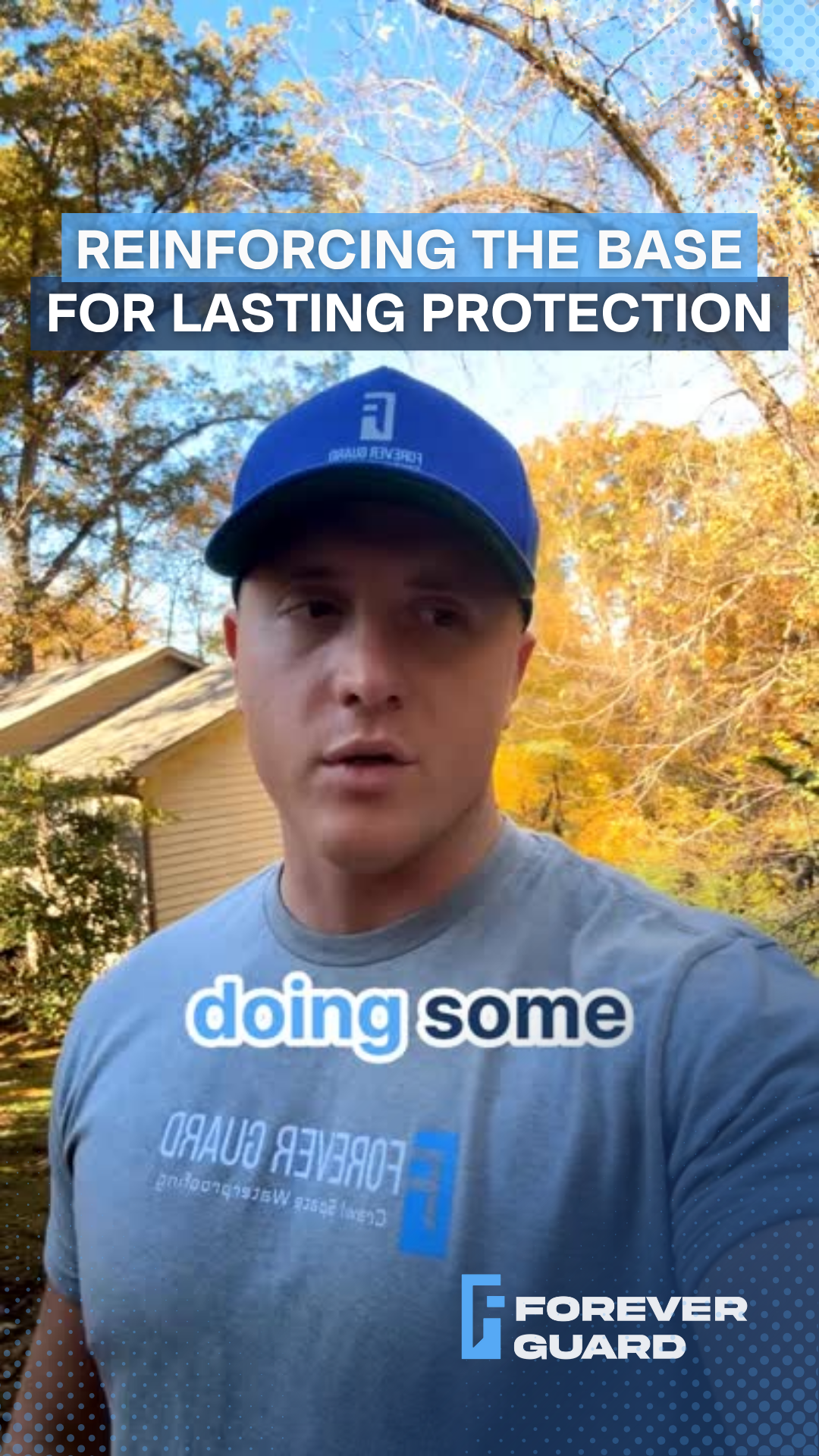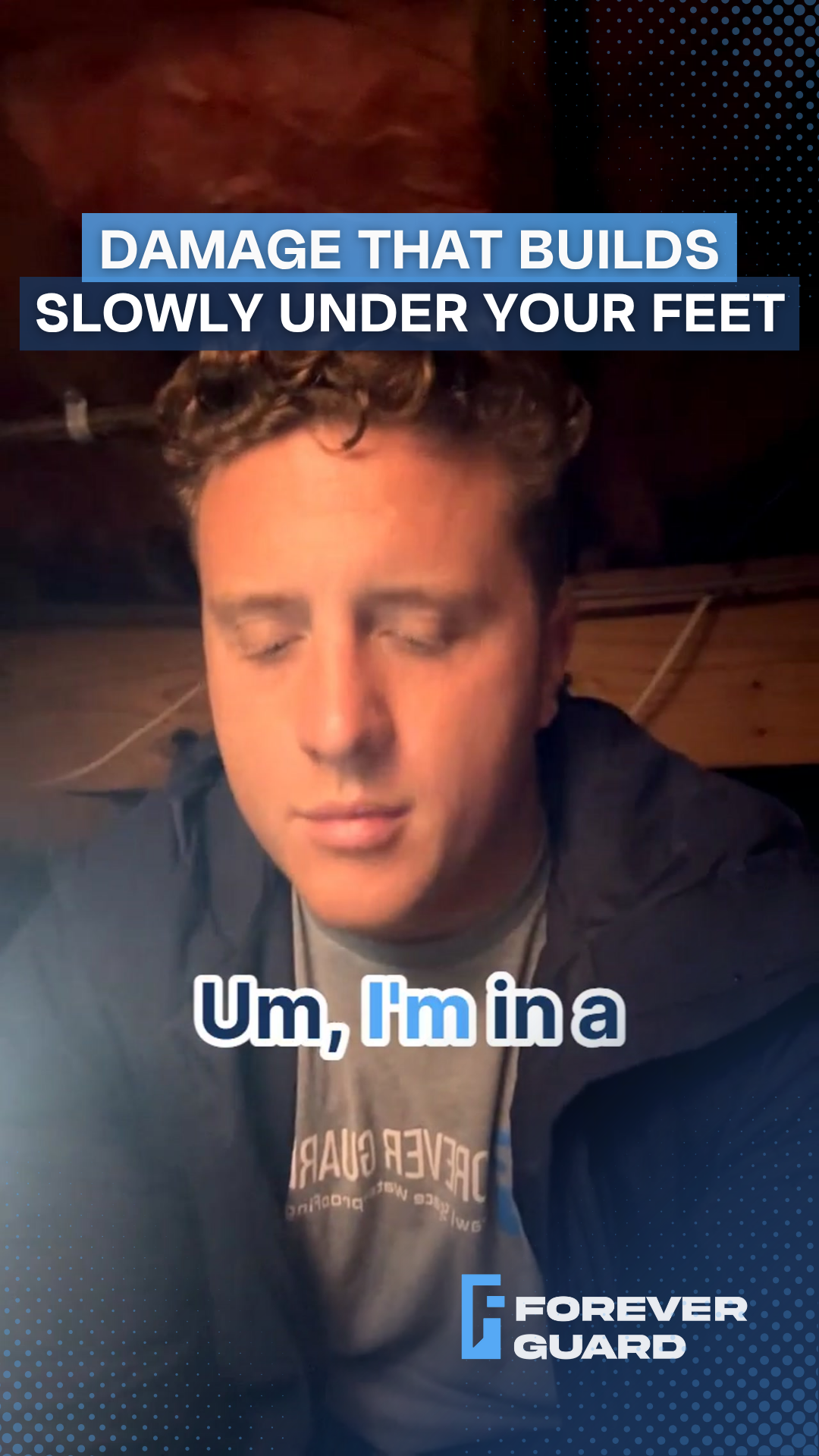Foundation Stabilization: What Installing Helical Piers Actually Looks Like
A Behind-the-Scenes Look at Professional Foundation Repair
See how helical piers stop foundation settlement and protect your home's stability
We're wrapping up the prep work on a foundation stabilization job that's going to make a big difference for this homeowner.
Eleven helical piers in total - that might sound like a lot, but each one plays a role in keeping this house stable for years to come.
The homeowner noticed a few cracks in the foundation. Nothing catastrophic, but enough to know something was going on.
And that's exactly the right time to address it - when the settlement is still minor and manageable.
We've already encapsulated the crawl space, and now we're taking care of the foundation.
It's all part of creating a healthy, stable home that's built to last.
Helical Piers: The Foundation Stabilization Solution
So what exactly are helical piers? Think of them as large, heavy-duty screws that go deep into the stable soil beneath your home. They're designed to reach past the unstable layers of soil and anchor into ground that won't shift or settle.
Once they're installed, these piers transfer the weight of your home to that stable soil. That stops the settlement in its tracks. Your foundation can't sink any further because it's now supported by something solid and reliable.
The beauty of helical piers is that they work with your existing foundation. We're not tearing anything out or starting over. We're adding support exactly where it's needed to prevent future problems.
The Installation Process from Start to Finish
Foundation work might sound complicated, but the process is actually pretty straightforward when you've got the right equipment and experience.
First, we prep the footers - that's the base of your foundation where the piers will connect. We dig access holes using a mini excavator that's small enough to work in tight crawl spaces without tearing up your entire yard.
Then we install each helical pier, driving it down through the unstable soil until it reaches solid ground. Hydraulic equipment does the heavy lifting, ensuring each pier is placed with precision. Once all the piers are in and connected to your foundation, we cover up the access holes and clean up the work area.
The whole process is designed to stabilize your home with minimal disruption to your property.
Why This Approach Works
Helical piers aren't just a quick fix - they're a long-term solution. By anchoring your foundation to stable soil, we're preventing any further settlement. The cracks you see now won't get worse, and new ones won't develop from continued movement.
And when you combine foundation stabilization with crawl space encapsulation, you're addressing moisture issues that can contribute to soil problems. It's a complete approach to protecting your home's structural integrity.
The result? A stable foundation that gives you peace of mind and protects your investment.
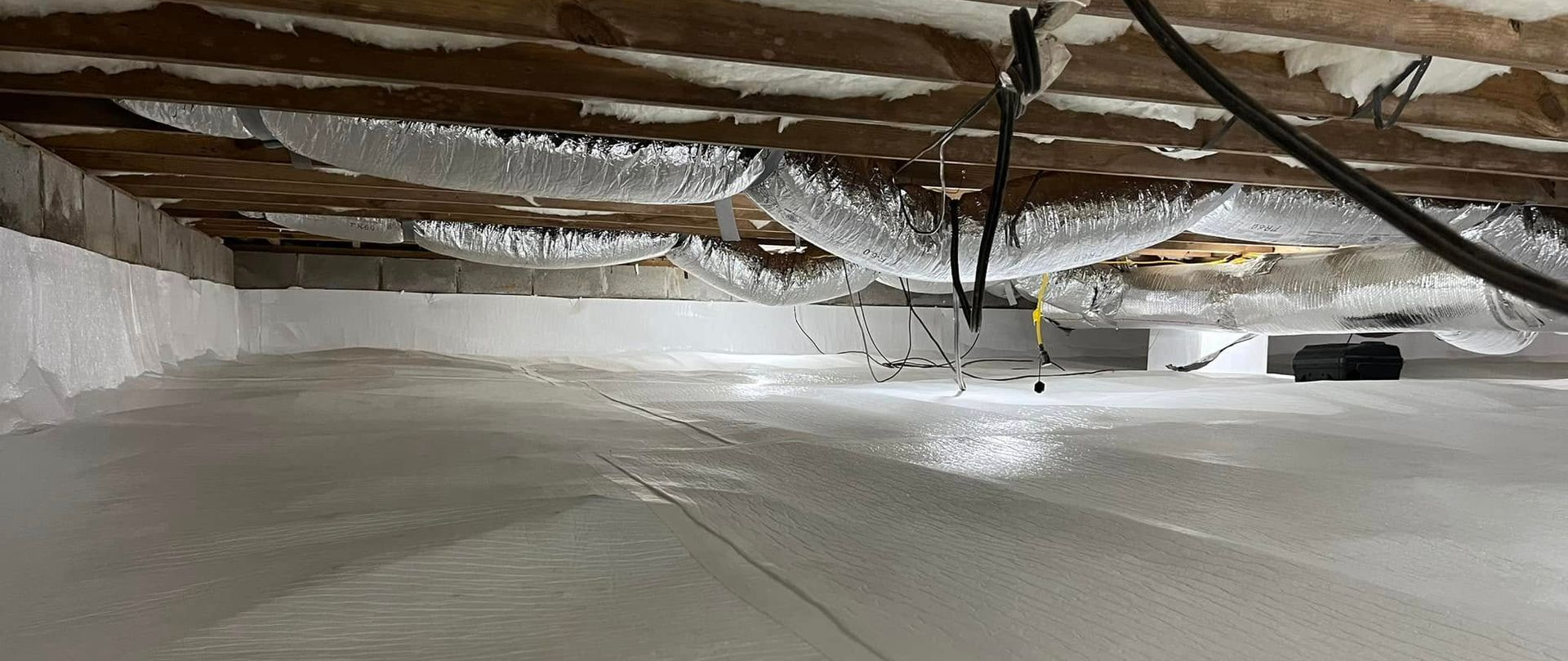
What Homeowners Should Know About Foundation Settlement
Not every crack means your foundation is failing. But knowing what to look for can help you catch problems early when they're easier and less expensive to fix.
Watch for cracks in foundation walls, especially if they're getting wider over time. Pay attention to doors and windows that suddenly don't close right. Notice if floors are uneven or if you see gaps between walls and ceilings.
These are signs that your foundation might be settling. And that's when you should call a professional. We can assess what's happening, explain your options, and recommend the right solution for your situation.
The key is addressing issues while they're still manageable - just like this homeowner did.
Protecting Your Investment
Your foundation is literally what your entire home sits on. When it's stable, everything else works the way it should. When it's not, problems multiply fast.
That's why we take foundation issues seriously - whether they're minor cracks or major settlement. We'll give you an honest assessment of what's happening under your house and what needs to be done to fix it.
Don't wait until small cracks become big problems. If you're noticing signs of foundation settlement, let's take a look and give you some answers.
